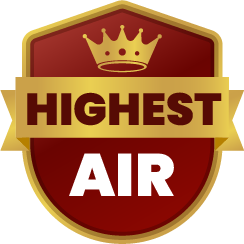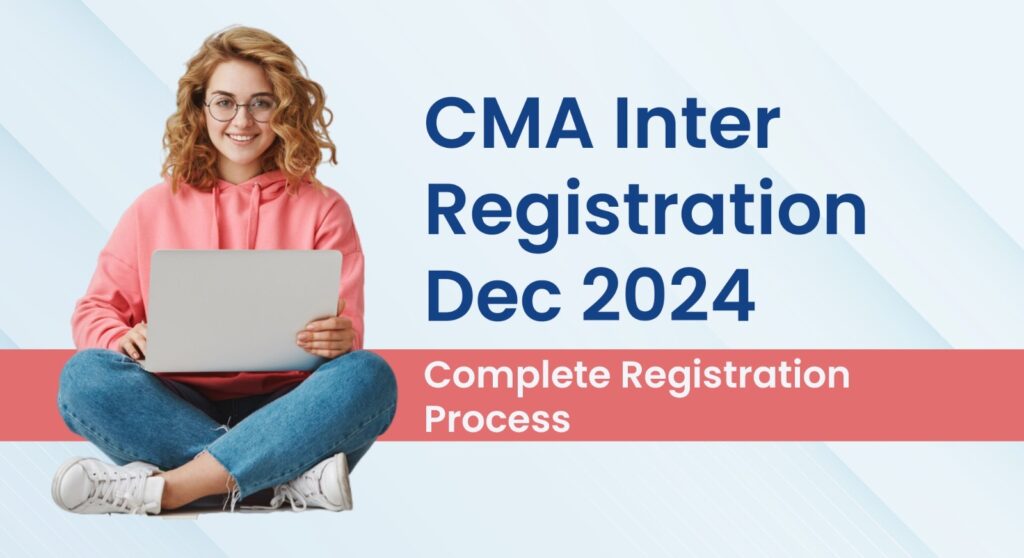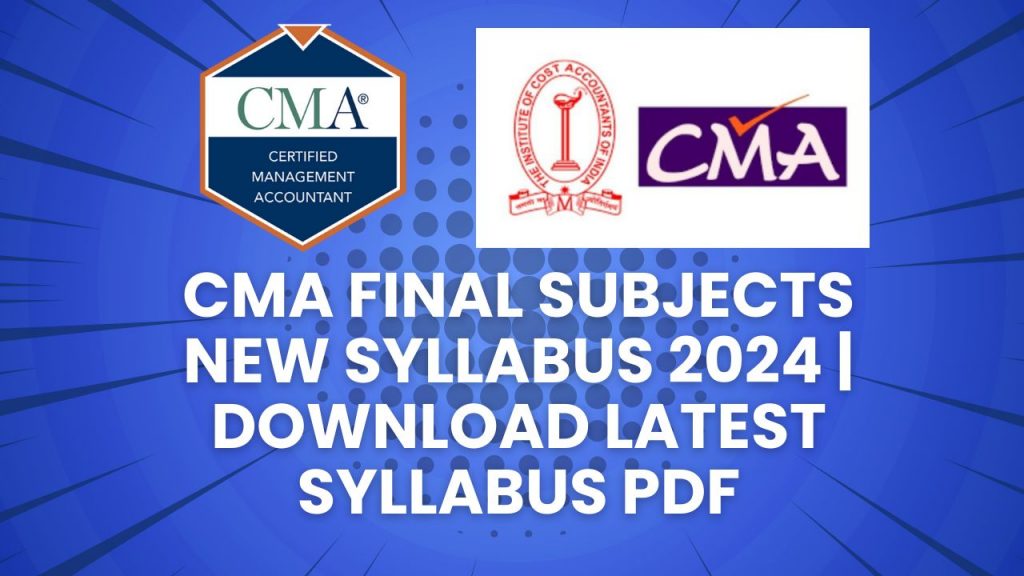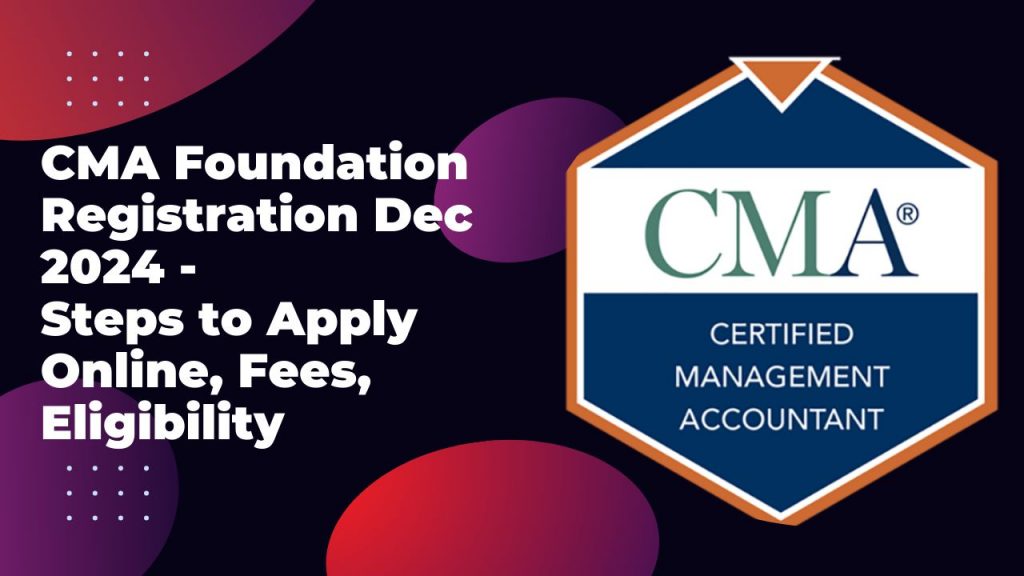Welcome to the dynamic world of Cost and Management Accountants (CMAs)! In this comprehensive blog, we will delve into the multifaceted roles and responsibilities of CMAs, specifically those certified under the Institute of Cost Accountants of India (ICMAI).
Whether you’re aspiring to become a CMA or simply curious about this profession, let’s unravel the essential duties that define their impactful contributions.
Who is a CMA (Cost and Management Accountant)?
CMA is a finance professional who has both financial expertise and strategic business acumen along with him. CMAs are the key figures in the organizations that help make decisions based on the facts, minimize the costs, and pursue the strategic goals.

Let’s delve deeper into the duties and responsibilities of Cost and Management Accountants (CMAs), focusing on their crucial roles within organizations:
1. Financial Management and Planning:
Budgeting and Forecasting: CMAs engage in budget creating and financial forecasting. They look at historical data, market trends and organizational goals for the purpose of developing actionable financial plans.
Such plans help to determine how resources are used, what investments are made, and what operational strategies are to be adopted.
Capital Budgeting: CMAs assess prospective capital projects that include the purchase of machinery, equipment, or facilities. They evaluate the financial capacity, risk factors, and long-term effect of those initiatives.
2. Cost Analysis and Control:
Cost Determination: The CMAs painstakingly determine the cost of making a good or providing a service. They reflect on the direct costs (materials, labor, overhead) and indirect costs (administrative expenses, marketing, etc.). Through cost structures, they identify where they can decrease the cost
Variance Analysis: CMAs show how the actual costs is compared against the budgeted costs. Variances analysis identifies deviations and supplies management with information for better operational efficiency. They coordinate with departments to solve problems such as overexpenses or inefficiency.
3. Performance Evaluation:
Key Performance Indicators (KPIs): CMAs establish the performance indicators, set the targets and monitor KPIs that are relevant to the organization’s objectives. Such measures may be profitability ratios, production efficiencies, inventory turns, and customer satisfaction.
Benchmarking: CMAs help to compare how an organization is doing with industry standards or other competitors. This is the kind of data that is used to inform of strategic plans and the areas that need to be improved.
4. Risk Management:
Risk Assessment: CMAs identify financial risks, both internal and external, which can lead to business instability. They explore market volatility, credit risks, liquidity risks, and operational vulnerabilities. With risk quantification, they propose mitigation of risk.
Scenario Analysis: CMAs implement several scenarios (economic recessions, supply chain disruptions etc.) to identify how they may affect financial stability. It is this that will help them prepare for the contingency plans.
5. Financial Reporting and Compliance:
Financial Statements: CMAs create proper financial statements which include the income statement, balance sheet and the cash flow statement. These reports are usually addressed to shareholders and they comply with accounting standards.
Regulatory Compliance: CMAs obtain and keep abreast of tax laws, financial regulations, and reporting requirements. They provide the basis for the organization to follow the laws and ethical activities.
6. Strategic Decision-Making:
Investment Appraisal: CMAs perform investment evaluation (extension, acquisitions, new projects) applying methods such as Net Present Value (NPV) and Internal Rate of Return (IRR). They are the ones who assist the management in making such decisions as they are financially viable.
Merger and Acquisition Analysis: The CMAs evaluate the financial consequence of mergers, acquisitions or divestitures. They go deeper into synergy, valuation, and integration costs.
7. Regulatory Compliance and Ethics:
Ethical Conduct: CMAs maintain the ethical standards in financial reporting and guarantee accuracy, fairness, and transparency in this regard.
Internal Controls: CMAs develop and execute internal control system that can prevent fraud, misappropriation of resources and mistakes.
Where Do CMAs Work? CMAs find employment in diverse sectors:
CMAs find employment in diverse sectors such as:
- Corporate Organizations: In banking, accounting, and strategic planning sectors.
- Consulting Firms: Financial advising services.
- Manufacturing and Service Industries: Capitalizing on costs and competence.
- Government Agencies: Expanding public financial management sector.
- Educational Institutions: Teaching and research.
- Nonprofit Organizations: Financial stability of the organization.
What are the skills Required for CMAs?
To excel as a CMA, individuals need a combination of:
- Technical Skills
- Financial Analysis
- Cost Accounting
- Taxation
- Auditing
- Financial Modeling
- Soft Skills
- Analytical Thinking
- Communication
- Problem-Solving
- Adaptability
In a nutshell, CMAs are not only accounting technicians, they are also strategic partners who aid in financial excellence and decision making based on facts. One way or another, you may have landed on this career path or simply curious about the CMA role, just be mindful that their critical functions are the backbone of financial management across the globe.


















